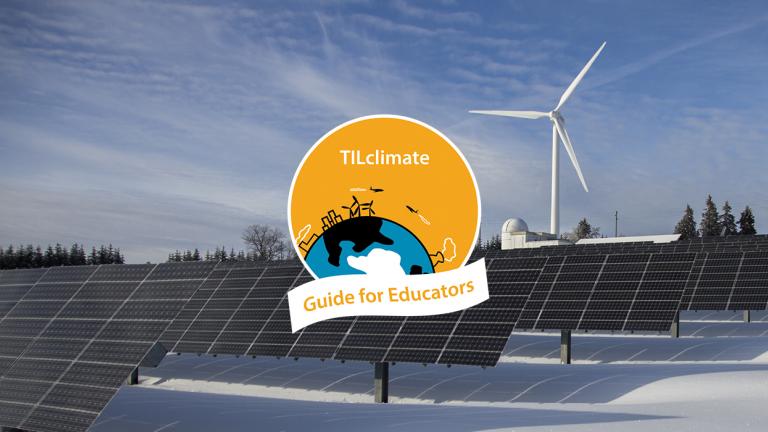About This Lesson
Description
Wind and solar power are key tools in the climate change toolkit – but what are their strengths and weaknesses? Can they provide us with all the clean electricity we need? Students investigate wind and solar resources and electricity needs. Then, they research the growing field of energy storage and share their results with a key audience.
SWBAT
- Explain why wind and solar power are important parts of a low-carbon future.
- Explain why energy storage is needed to harness the potential of wind and solar.
Skills
- Map reading and spatial analysis
- Research methods














